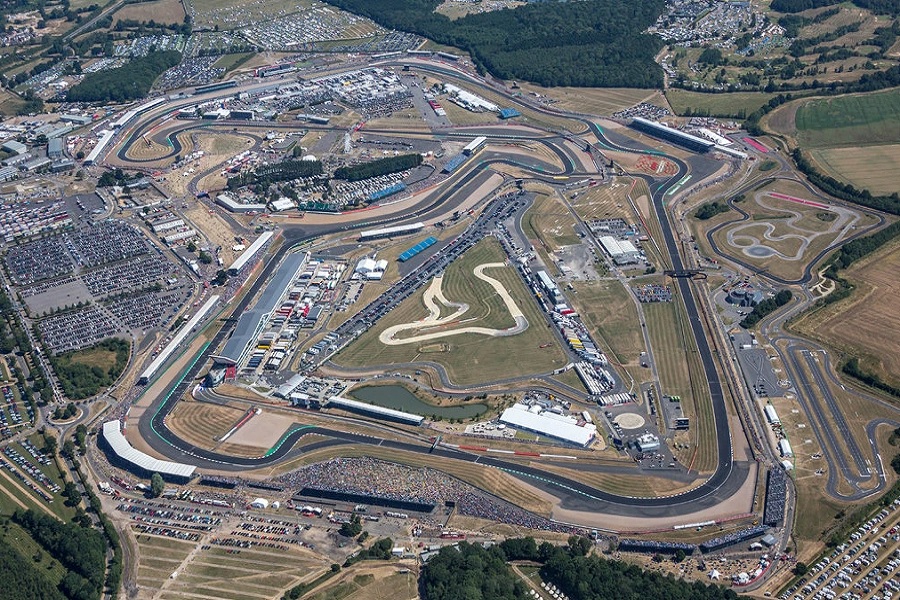The Hells Angels: A Comprehensive Overview

Table of Contents
A History of the Hells Angels
The Hells Angels' history is long and complex, filled with both legend and documented fact. Their origins trace back to 1948 in Fontana, California, a post-war boomtown brimming with restless veterans and a burgeoning motorcycle culture. The early Hells Angels, far from the globally organized criminal enterprise they are often portrayed as today, were a loose collection of individuals drawn together by a shared love of motorcycles and a rebellious spirit. Their early years were marked by intense rivalries with other motorcycle clubs, shaping their identity and contributing to their reputation for violence.
- Founding in Fontana, California: The club's genesis is often attributed to a group of World War II veterans seeking camaraderie and a sense of belonging.
- Early membership and rivalries: The initial members were a diverse group, but their shared passion for motorcycles and a rejection of mainstream society formed a powerful bond. Conflicts with rival clubs were commonplace.
- Post-war growth and territorial expansion: The post-war economic boom and the burgeoning counterculture movement fueled the Hells Angels' expansion throughout California and beyond.
- Key historical events and legal battles: From their early clashes with law enforcement to high-profile trials and investigations, the Hells Angels have consistently been embroiled in legal battles throughout their history. These events have significantly shaped their public image and internal organization.
The Hells Angels' Organizational Structure
The Hells Angels are not a monolithic entity; they are a complex network of individual chapters, each operating with a degree of autonomy yet bound together by a hierarchical structure. This structure ensures a degree of control and coordination across various chapters, allowing for expansion and the management of alleged criminal activities. The club's famous "1%er" patch signifies their rejection of mainstream society and their embrace of a lifestyle outside the law.
- Chapter organization and autonomy: Individual chapters operate within their own territories, often maintaining a degree of independence while adhering to the overarching rules of the national and international organization.
- The "1%er" patch and its significance: This patch, adopted in response to the American Motorcycle Association's claim that 99% of motorcyclists are law-abiding citizens, is a key symbol of the Hells Angels' defiance and rebellious attitude.
- Ranks and roles within the club: The Hells Angels have a clearly defined hierarchy, with different ranks and responsibilities, from prospects to full-fledged members and officers. The process of becoming a full member is rigorous and demanding.
- The role of the mother chapter: While the exact power structure can be fluid and debated, certain chapters are often considered more influential than others, playing a key role in overall club decisions and strategy.
Hells Angels Activities and Criminal Involvement
The Hells Angels have a long and well-documented history of involvement in criminal activities. Allegations of drug trafficking, violence, extortion, racketeering, and money laundering have consistently plagued the club, leading to numerous investigations and legal battles worldwide. It's crucial to distinguish between the actions of individual members and the official policies of the organization, a distinction that is often debated and difficult to definitively establish.
- Drug trafficking operations and networks: The Hells Angels have been linked to extensive drug trafficking networks, distributing various illicit substances across national borders.
- Instances of violence and intimidation: Violence, both against rival gangs and civilians, has been a recurring feature of the Hells Angels' history, contributing to their fearsome reputation.
- Money laundering schemes and financial activities: The club has been implicated in various money laundering schemes designed to conceal the proceeds of illegal activities.
- High-profile legal cases and convictions: Numerous high-profile cases and convictions involving Hells Angels members have highlighted the club's involvement in organized crime.
The Hells Angels' Culture and Symbolism
The Hells Angels have cultivated a distinctive and powerful culture, deeply rooted in motorcycle riding, brotherhood, and rebellion against mainstream society. This culture manifests in their iconic symbolism, including their distinctive logo and the intricate tattoos worn by many members. The allure of the biker lifestyle, with its emphasis on freedom and independence, attracts many individuals to the club.
- Meaning and significance of the club's logo and patches: The iconic "Death Head" logo and other patches worn by members signify membership and are powerful symbols of the club's identity.
- Traditional Hells Angels tattoos and their symbolism: Tattoos hold significant meaning within the Hells Angels' culture, representing rank, loyalty, and shared experiences.
- The allure of the biker lifestyle and its appeal to members: The Hells Angels' lifestyle, characterized by freedom, camaraderie, and a sense of belonging, attracts those seeking an alternative to mainstream society.
- The club's relationship with counterculture movements: The Hells Angels have, throughout their history, maintained a complex relationship with broader countercultural movements, embodying a rebellious spirit and anti-establishment ethos.
Conclusion
This overview has explored the multifaceted nature of the Hells Angels, from their historical roots to their complex organizational structure and controversial activities. Understanding their history and culture is crucial to comprehending their ongoing impact. The Hells Angels represent a compelling case study in the dynamics of outlaw motorcycle gangs, their intricate social structures, and their enduring influence on popular culture and criminal justice systems.
For a deeper understanding of this enigmatic group, further research into specific aspects of the Hells Angels—their history, criminal activities, or cultural impact—is encouraged. Continue your exploration of the Hells Angels and their enduring legacy. Learning more about the Hells Angels and similar biker gangs allows for a more nuanced understanding of the complexities of organized crime and counterculture.

Featured Posts
-
 250k London Robbery F1 Star Jenson Button Stays Abroad
May 26, 2025
250k London Robbery F1 Star Jenson Button Stays Abroad
May 26, 2025 -
 Jadwal Dan Informasi Detail Moto Gp Inggris 2025 Di Silverstone
May 26, 2025
Jadwal Dan Informasi Detail Moto Gp Inggris 2025 Di Silverstone
May 26, 2025 -
 Paris Roubaix Bottle Throwing Incident Spectator Surrenders To Police
May 26, 2025
Paris Roubaix Bottle Throwing Incident Spectator Surrenders To Police
May 26, 2025 -
 F1 Rule Changes 2024 Unveiling Hamiltons Contribution
May 26, 2025
F1 Rule Changes 2024 Unveiling Hamiltons Contribution
May 26, 2025 -
 Annual Myrtle Beach Cleanup Event Seeks Volunteers
May 26, 2025
Annual Myrtle Beach Cleanup Event Seeks Volunteers
May 26, 2025
